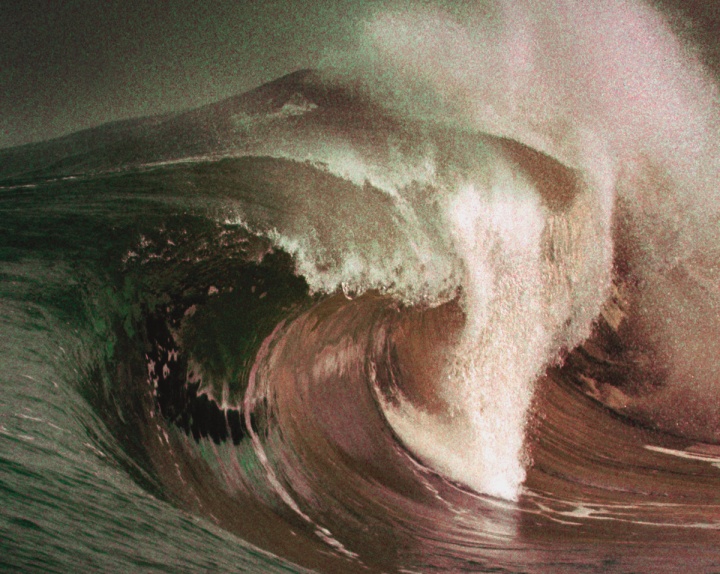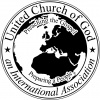Did Jesus Christ Foretell Devastating Storms?

In Matthew 24:7-8, Jesus Christ foretold signs that would mark the time leading up to His return: "For nation will rise against nation, and kingdom against kingdom. And there will be famines, pestilences, and earthquakes in various places …"
We have certainly seen devastating earthquakes in recent years. The December 2004 earthquake off Indonesia was the most powerful in decades, unleashing a massive tsunami that took some 300,000 lives. Less than a year later, an earthquake in southern Asia killed another 30,000.
In Matthew 24:7, the Greek word translated "earthquakes" is seismos, from which we derive such English words as "seismology," referring to the study of earthquakes. Strong's Lexicon defines it as "a commotion, i.e. (of the air) a gale, (of the ground) an earthquake—earthquake, tempest" (Strong's No. 4578).
So seismos has a broader meaning than just the earth shaking. Matthew 8 records how a violent storm overtook Jesus and His disciples on the Sea of Galilee, threatening to capsize their boat and drown them—until Jesus miraculously calmed the winds and waves.
The word used in Matthew 8:24 for this powerful storm is seismos, here translated "tempest." So we see that seismos can also refer to violent storms and isn't limited strictly to earthquakes. When Jesus foretold "famines, pestilences and earthquakes in various places," His words encompass natural disasters that include earthquakes, but can also apply to hurricanes, tornadoes and other such deadly storms.
As we saw with Hurricane Katrina, these storms can be enormously destructive. Katrina took more than 1,200 lives and caused an estimated $200 billion in damage, not counting the economic hit from losses to shipping, oil and gas production, fishing and agriculture. New Orleans, devastated by the storm, will not fully recover for decades—if ever.
A hurricane like Katrina, which reached category 5 strength before weakening, can produce winds greater than 155 miles an hour and push ahead of it a wall of water 18 feet or higher, doing major damage to virtually anything in its path.
Are such natural disasters increasing as Jesus foretold?
The Sept. 16, 2005, issue of Science magazine reports on research by scientists at the Georgia Institute of Technology and the National Center for Atmospheric Research. They concluded that while the total number of hurricanes and cyclones had not increased, there has been "a sharp increase during the past 35 years in the number of category 4 and 5 tropical cyclones, the most intense storms that cause most of the damage on landfall" (Richard Kerr, "Is Katrina a Harbinger of Still More Powerful Hurricanes?," p. 1807).
Specifically, the frequency of the most dangerous and damaging storms—those rated category 4 and 5— increased by 80 percent from the 1970s to the latest decade.
This should certainly make us sit up and take notice. Later in Jesus Christ's same prophecy, as recorded in Luke 21:25-28, He says: "And there will be signs in the sun, in the moon, and in the stars; and on the earth distress of nations, with perplexity, the sea and the waves roaring; men's hearts failing them from fear and the expectation of those things which are coming on the earth …
"Then they will see the Son of Man coming in a cloud with power and great glory. Now when these things begin to happen, look up and lift up your heads, because your redemption draws near."
